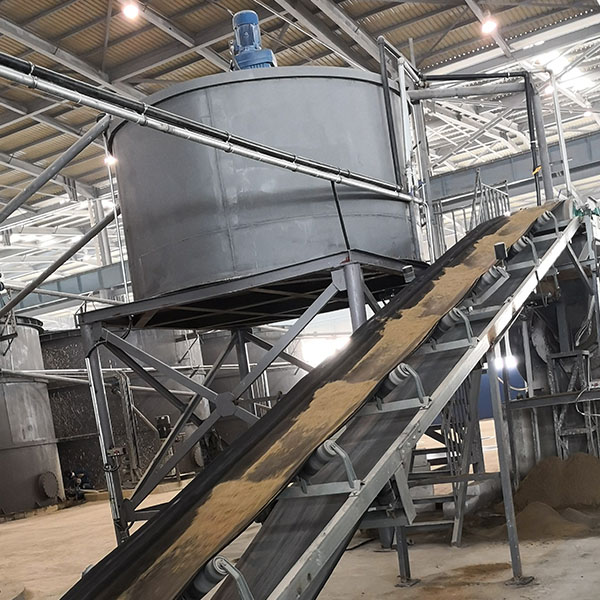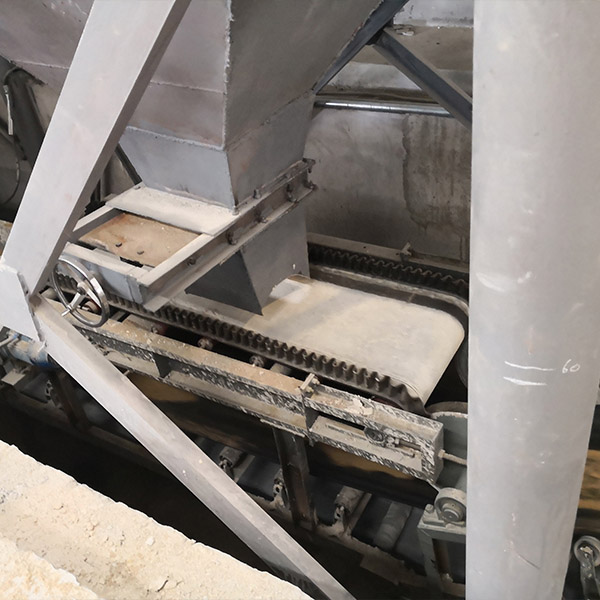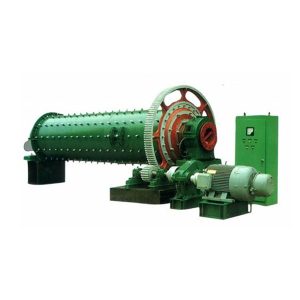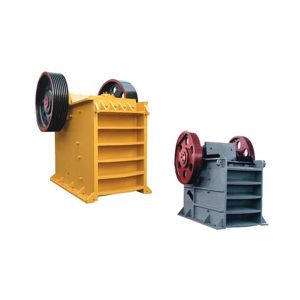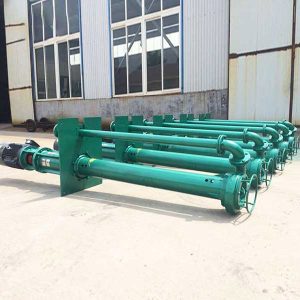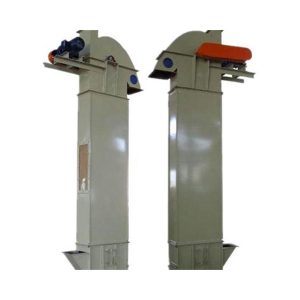| Belt width (mm) | Conveying distance (m) | Power (kW) | Conveying speed (m/s) | Capacity (t/h) |
| 500 | ≤12 | 3 | 1.3-1.6 | 78-190 |
| 12-20 | 4-5.5 | |||
| 20-30 | 5.5-7.5 | |||
| 650 | ≤12 | 4 | 1.3-1.6 | 131-324 |
| 12-20 | 5.5 | |||
| 20-30 | 7.5-11 | |||
| 800 | ≤6 | 4 | 1.3-1.6 | 278-546 |
| 6-15 | 5.5 | |||
| 15-30 | 7.5-15 | |||
| 1000 | ≤10 | 5.5 | 1.3-2.0 | 435-853 |
| 10-20 | 7.5-11 | |||
| 20-40 | 11-22 | |||
| 1200 | ≤10 | 7.5 | 1.3-2.0 | 655-1284 |
| 10-20 | 11 | |||
| 20-40 | 15-30 |
Technical performance and characteristics:
Belt conveyors are extensively used by metallurgy, coal, transportation, hydropower, and other sectors to transmit bulk materials or completed goods because of their many benefits, including huge conveying capacity, simple structure, convenient maintenance, cheap cost, and strong adaptability. It may be carried by a single machine according to the technological requirements, or it can be utilized for unique needs such as being waterproof, explosion-proof, corrosion-resistant, heat-resistant, and cold-resistant.
Role of Belt Conveyor in AAC Production Process:
- Material Transportation: Moves raw materials (lime, sand, gypsum, and cement) to different sections of the plant for processing.
- Batching Accuracy: Ensures precise transportation of materials for accurate mixing in the batching process.
- Consistency in Material Flow: Provides a continuous flow of materials, maintaining production efficiency and reducing delays.
- Labor savings: Less manual material handling increases safety and lowers labor expenses.
- Integration with Other Equipment: Connects seamlessly with crushers, mixers, and other machinery to optimize material flow.
- Energy Efficiency: Reduces energy consumption by facilitating automated material movement across the plant.
- Customizable Length and Width: Adaptable to the specific requirements of the AAC plant to handle different material volumes and production rates.
- Dust Control: Helps in maintaining cleanliness by reducing the dust generated from raw material movement.

